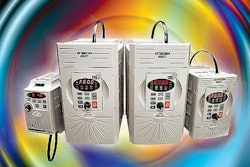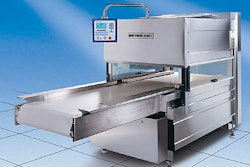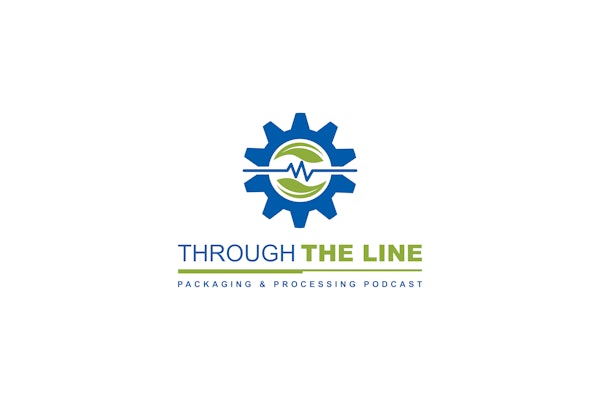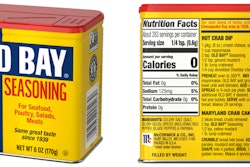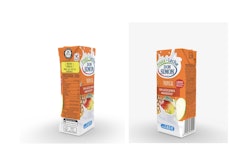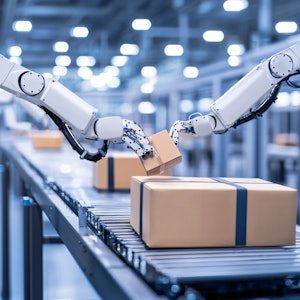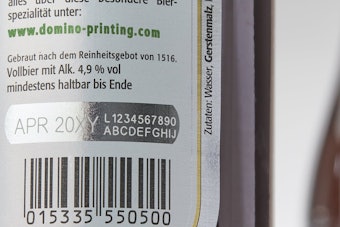• Reduction of engineering time and costs for packaging line set-up/configuration
• Automated start-up and shut-down of an entire packaging line
• Multiple lines can be controlled by one operator
• Standardized packaging line performance metrics
• Apples-to-apples performance comparisons of different machines, lines, plants, even industries
• Enhanced data analysis/line optimization/diagnostics/troubleshooting
That agreed upon vocabulary is PackML ("Packaging Machine Language"). It is being developed by a coalition of packaging machinery users, builders and controls suppliers known as the OMAC (Open Modular Architecture Controls) Packaging Workgroup. PackML standardizes how machines communicate four things:
• Machine states - running, stopped, waiting, transitioning, etc.
• Machine modes - automatic, semi-automatic, manual, maintenance.
• Commands - prepare, stop, start, hold, abort.
• Data - current machine speeds, number of quality defects, fault codes, etc.
PackML is part of the entire suite of OMAC's "Plug and pack" guidelines for packaging machinery. These guidelines promise to deliver all of the benefits mentioned in the yellow area of the grid at top--but only if widely adopted by end users and machine builders.



